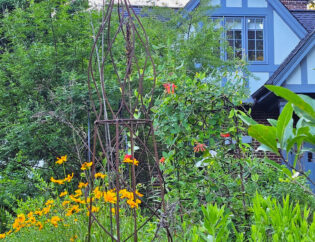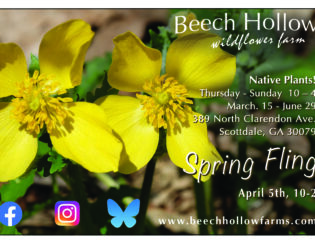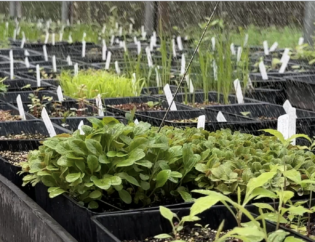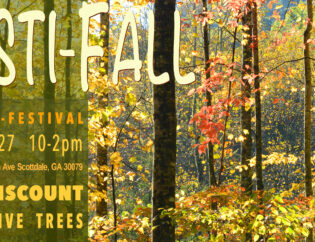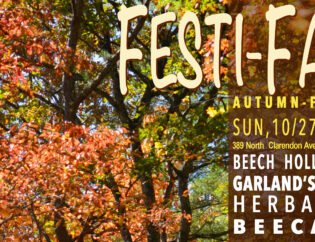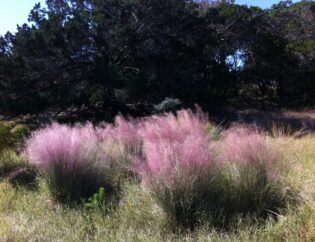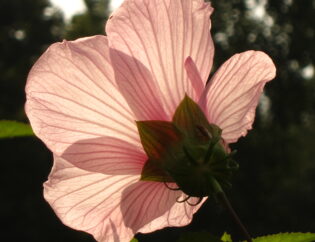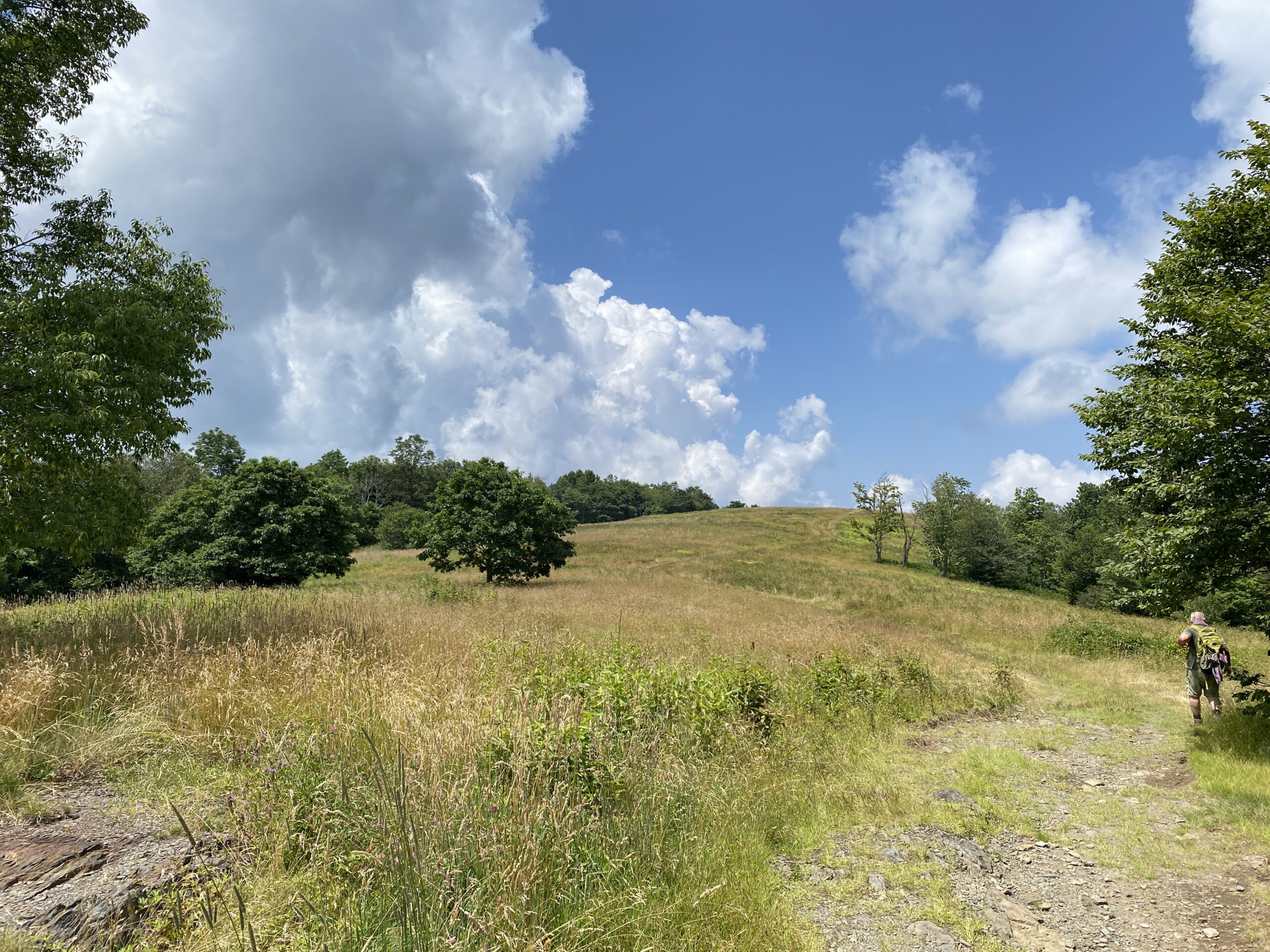
Whigg's Meadow at Tellico Plains, Tennessee
Little House on the Prairie? Let's do one better, here's a quote from a poem by American poet William Cullen Bryant:
These are the gardens of the Desert, these
The unshorn fields, boundless and beautiful,
For which the speech of England has no name— The Prairies.
Yeah, I'm a softy for a good old fashioned poem. The word "prairie" derives from Old French "praerie" for meadow or grassland. The grasslands of North America are magnificent tapestries of plants, both flowering and grasses. The grassland pictured above and below is Whigg's Meadow, in Tennessee, which is maintained by regular controlled burns. This prairie is on top of a mountain in Tennessee, with views all 'round about.

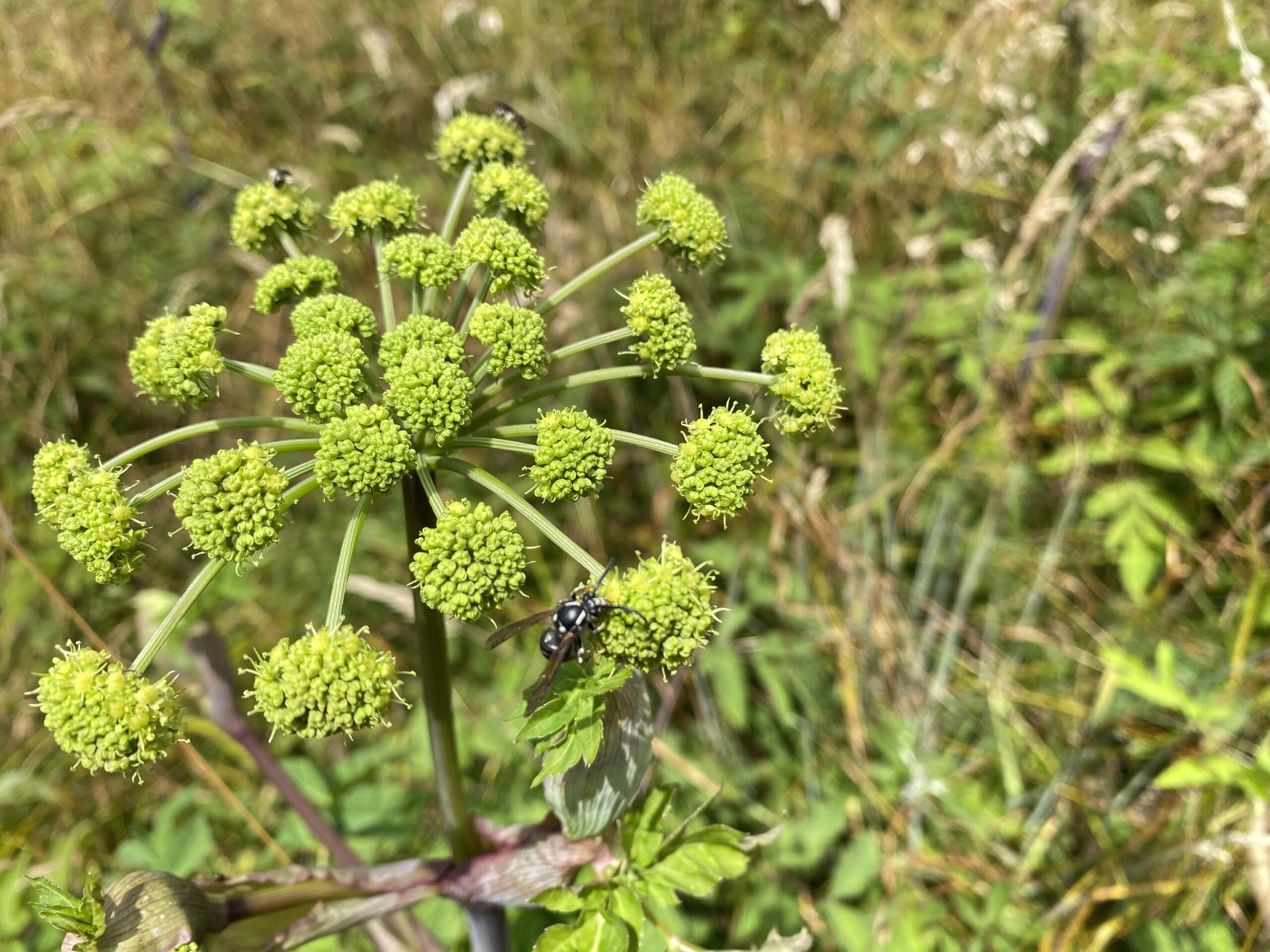
There is a video of the Rudbeckia buzzing and simply churning with butterflies and insects. It's too large a file to post here, but i will put it up on Youtube and link it here.
From a distance, the broad expanse seems all grass, but when you close in on the distant spots of color, life erupts, and it's all around the flowers. Well, because that's what flowers do. They attract life.
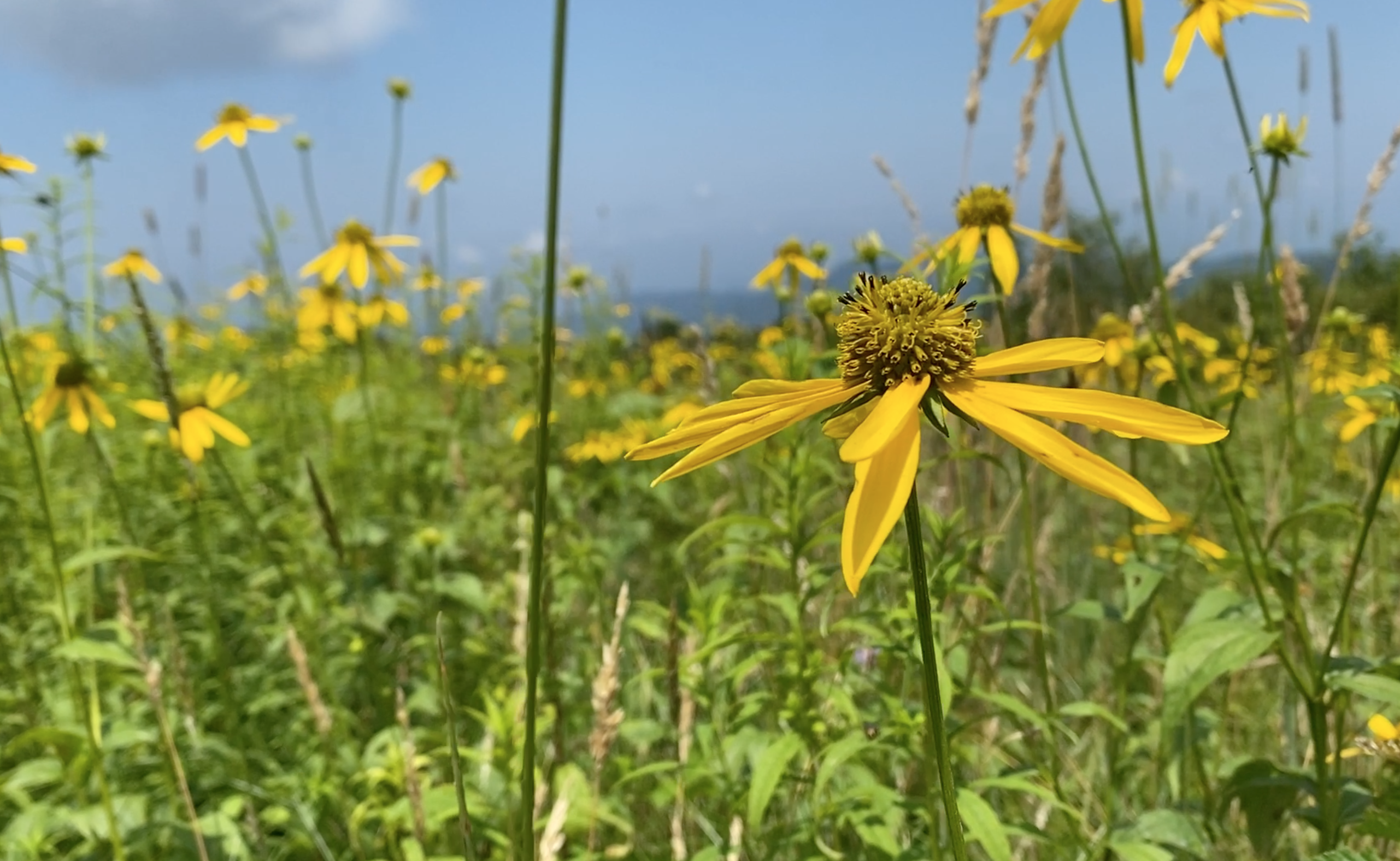
Ohoopee Dunes Prairie on a Right of Way:
This Prairie below is at the Ohoopee Dunes in Southeast Georgia in the Coastal Plain region. It is also maintained by regular fires. If there weren't any fires, the trees would slowly march into the space, and it would eventually become forested. Forests aren't bad, don't get me wrong, but diversity is the spice that makes an ecosystem hum...and look at all these flowers! Where there are flowers, there are pollinators. Where there are pollinators, there are birds, toads, frogs, lizards, and spiders, and any number of things that eat insects.

Coosa Prairie, Floyd County:
The next photo is from the Coosa Prairie in Northwest Georgia. The bedrock in the Coosa Prairie is limestone, and many of the plants on the prairie are "calciphiles," plants that prefer or require high calcium soils.


